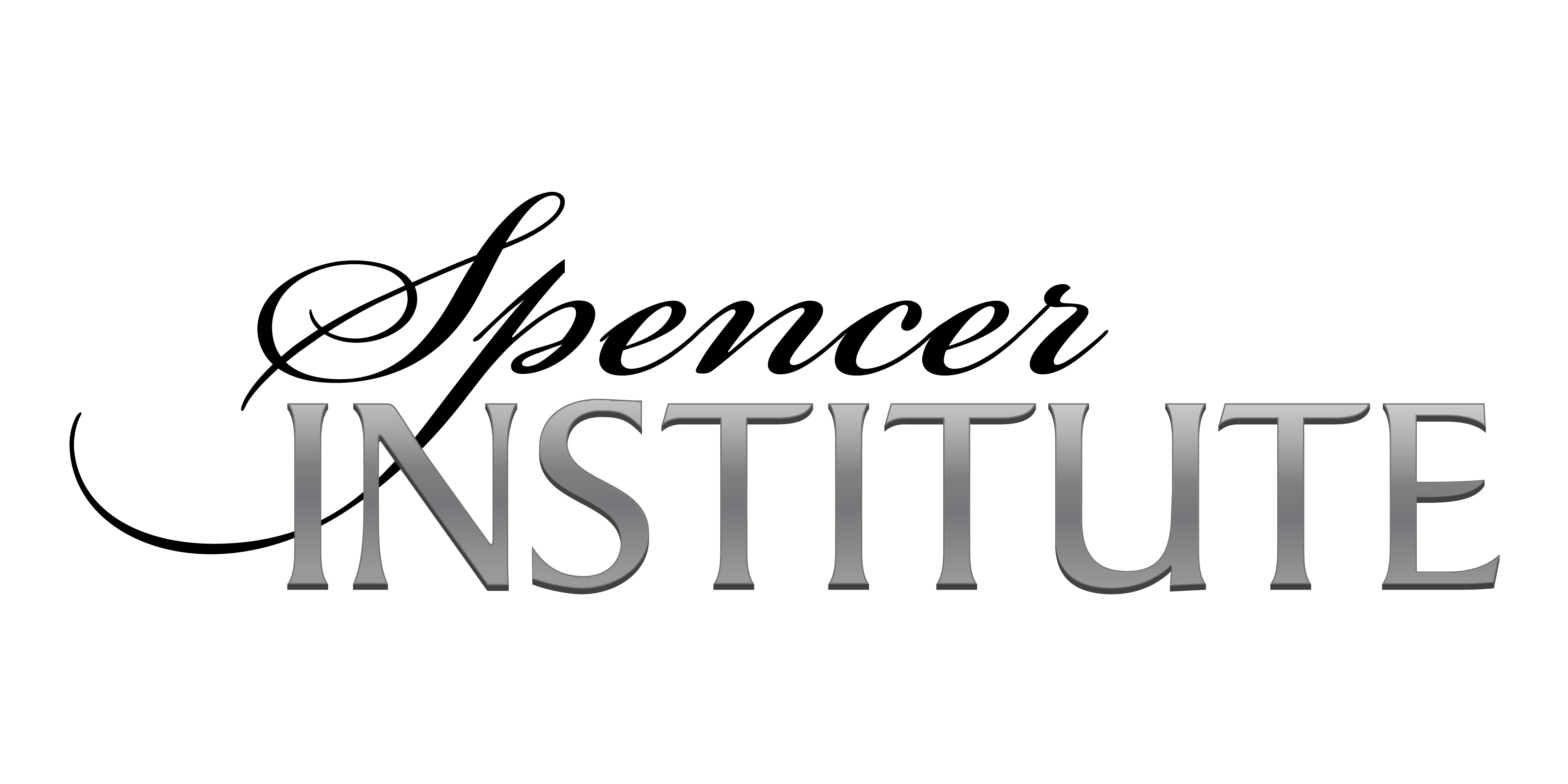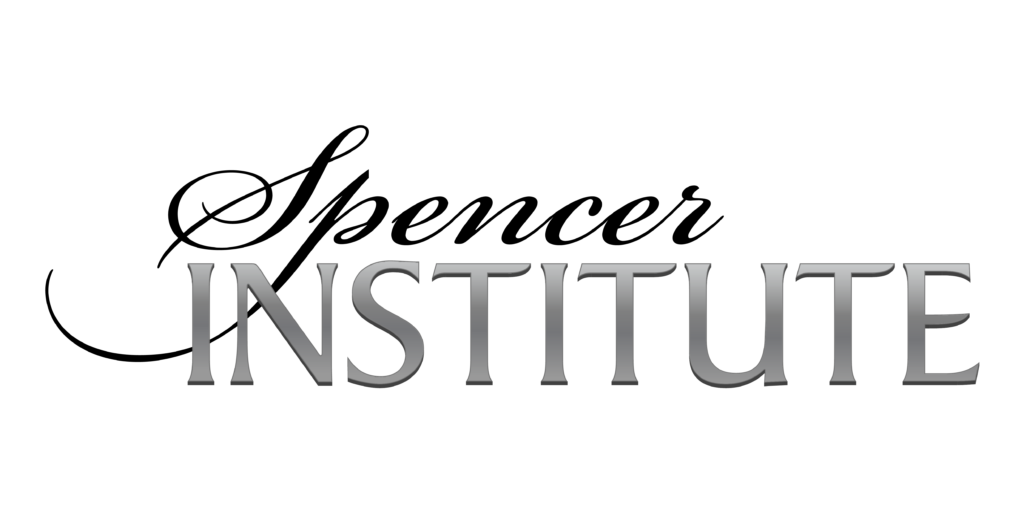 If you truly want to be effective as a sport psychology coach or hypnotist for the athletes that you work with, there is one fundamental principle that is an absolute must…
If you truly want to be effective as a sport psychology coach or hypnotist for the athletes that you work with, there is one fundamental principle that is an absolute must…
You must be skilled in the process of self-hypnosis, and you must practice it on a consistent basis.
Why is this? Because you will become invincible when working with your client’s excuses for why they can’t use hypnosis on a regular basis. Think about it this way. One of the reasons you are most likely effective as a personal trainer is that you believe in investing time each day or on a regular basis to sculpt your own body and maintain a healthy body. In doing so, the traditional pathetic excuses that the mainstream public uses for not working out has no effect on you. You refuse to buy into their excuses. The same can be said for the mental workouts in the day. If you want to truly inspire your clients, and be congruent when you ask of them to practice the mental aspect of their sports, then you must be willing to do this yourself. But the benefits of self-hypnosis go much deeper:
If you had to work for someone 24 hours a day, 7 days a week, 365 days a year, and you never once were thanked, given any credit for the work you did, and never given time to rest, would you develop a bit of an attitude toward your employer? Well that’s how most people treat their unconscious minds. The part of you that beats your heart, helps you breathe, and helps you to remember all of your facts and figures throughout the day is constantly working for you even when you are not aware of it. When was the last time you said thank you? It’s my belief that a majority of the illness in the world today could be eliminated if we simply took the time to take care of our unconscious minds, and give it the attention it deserves.
Remember the metaphor mentioned earlier about the captain of a ship and his/her crew? Think of your conscious mind as the captain of a ship, and think of your unconscious mind as the crew that supports the captain. Now at first glance, most people think the captain runs the ship, but this is not true. The captain is in charge of the ship, but the crew actually runs it. If the captain wants to go right, she doesn’t run down to the boiler room throw on some coal, then run up to the galley and put lids on all the bowls to keep them from spilling. What does she do? She places an order to the crew, and they do the steps necessary in order to get the ship to go in the right direction. Your conscious mind is in charge of your vessel, but your unconscious mind is running it.
There is a nautical term used to describe what happens when the crew stops listening to the orders of the captain and starts doing what they want instead. It’s called mutiny, and it provides a great parallel to what happens with the Conscious and Unconscious mind. How does mutiny occur in the Mind? The same way it can occur at sea. Treat the crew poorly. Don’t listen to them, don’t give them any breaks, abuse them, ignore them, do things that violate laws (in the Mind’s case, laws of nature). If you really were to stop and evaluate most people’s behaviors, you would see things that would make the most powerful of ships sink to unrecoverable depths. In today’s society, many people are “having a good time” by blowing out their energy.
They drink fermented liquids that kill brain cells and rot livers; they smoke drugs that destroy short term memory. They deprive the body of sleep and then drink stimulants to stay awake. They eat foods so full of preservatives that the body’s hydrochloric acids can’t even break them down. When I stop to think about what most people consider “having a good time” is, I fear what they think would be a bad time!
We mentioned that your athlete will experience conflict in their life to the exact level of conflict they have in their inner world. The same can be said for you. Likewise, you will experience harmony and peace in your life to the exact degree that you experience harmony in your inner world.
So how can you create greater levels of rapport with your unconscious mind?
Well, if I was an arbitrator, and I had two parties who needed to work together, but couldn’t come to an agreement, the first thing I would do in order to create some rapport between the dissidents would be to open up a channel of communication and search for some similarities. This is exactly what needs to be done with the unconscious mind. Most people in today’s society have forgotten how to talk to their unconscious minds. In fact, when I suggest talking to one’s unconscious mind, many people have a hard time even conceptualizing how to go about it. Most people will live their entire adult lives and never sit down for a conversation with themselves. I realize this may sound a bit strange, but I assure you that the path to greater rapport begins with communication, just like it would be if two separate parties needed to resolve a conflict.
In opening that channel of communication, I have found no better technique than self-hypnosis. It is the way to directly communicate to your unconscious mind – the part of you that runs the body. I’ve personally experienced the benefits of self-hypnosis, and I’ve made a habit of practicing it twice per day for around 20 minutes each session. Usually, when I tell people this, I’m bombarded with the same response. “Forty minutes per day! I don’t have forty minutes a day! I barely have time to eat, let alone sit down and do some new-age silly dialogue with myself!” While the words may be different, the sentiment is almost always there.
Pay attention, because these next few paragraphs may be the most important section of this book. If you are too busy to spend time with yourself each day, either in self-hypnosis or meditation, or even taking a nap, what are you telling yourself about yourself?
When you are too busy to spend time with yourself during the day, you are saying that you are the least important aspect of existence.
I don’t know about you, but I don’t like the way that feels. Unfortunately, it’s true. If you don’t take time for yourself during the day, this is what you’re unconscious mind hears:
“Hey unconscious mind, thanks for everything in life. I realize that I owe everything I have to you. (Regardless of your belief in a Creator – Call It your God, your Buddha, or whatever term you choose to use. That Creator gave you your unconscious mind. I’ve checked this with spiritual experts: God doesn’t remember your phone numbers, God is far too busy.) Thanks for everything, unconscious mind, I really appreciate it. Now, will you just leave me alone! I’ve got things to do and I don’t have time for you! Get lost! Buzz off! Scram! I’ve got to get the kids to Little League, I have to finish the paperwork for the CPA and tonight I’m going to watch the news. That’s my time, and I need it for me. Oh by the way, keep providing me with everything, okay? Just don’t ask for anything in return!”
Not very inspiring is it? Would you want to be treated that way? If I were an unconscious mind and my whole existence was dedicated to keeping my boss alive, I would want my boss to appreciate me, and reward me when I do good things.
On the other hand, if, no matter how busy you are – on your busiest of busy days, if you take time out from everything to spend time with yourself (your unconscious mind), and just get into a quiet space, what are you then telling your unconscious mind?
When you take time to spend with yourself during the busiest of busy days, you are saying that you are the most important aspect of existence.
You’re saying that you are more important than the Little League game; you’re more important than your taxes; you’re more important than your favorite TV show. Dare I even say? You’re more important than your family! In fact, how can you truly give 100% to your family until you’ve first given 100% to yourself? I would submit that if you want to give 100% to your family before you have given 100% to yourself, then what you are doing is actually giving them 100% of half of what you really have the potential to be. For the love of your family, put yourself first! To do anything less would simply be selfish.
If you take just one thing from this training manual, walk away with this:
You are worth investing in.
You are worth buying the organic foods over the conventional foods; you are worth spending the money on custom orthotics for your shoes; you are worth getting the car with the airbag, and paying for that seminar that you think will make a difference for you. You are worth fire alarms for each room of your house. In fact, remember this the next time you go shopping and you see something that you want but you think is too expensive: There is no price tag worth more than you! This doesn’t mean spend foolishly and buy everything. There is a difference between it’s too expensive and I choose not to buy it. Be wise with your purchases, but make sure to invest in the greatest machine ever – your body. It amazes me to see people with luxury sedans putting premium fuel in their car and Big Macs or Whoppers in their body. You are worth investing in, and you are certainly worth investing 40 minutes per day
When should you practice Self-hypnosis?
The biggest problem most people have with any type of meditative process is that they don’t think they have the time. If your days are packed with activity from sunup to sundown, and you don’t have one minute more to spare, then I would recommend two things. First, learn to gain perspective on what’s really important in your life. From my experience, when people tell me of lifestyles packed with activity, their days are often filled with busywork, but very rarely are they productive. If this sounds familiar, perhaps a program on learning how to organize your day would be beneficial to you. But if you don’t have time to go to a program that can teach you how to organize your day because you are too busy (heavy sigh of pity from me if you just used that excuse to not attend one, by the way) the second solution can be immediately implemented. Get up 20 minutes early and stay up 20 minutes late. I know, you already sleep as little as possible and you can’t afford to give up any of your sleep because you won’t be productive. I’ve heard all the excuses before. But the fact is that 40 minutes of self-hypnosis is equivalent to several hours of sleep. So if you eliminate 40 minutes of sleep from your life to add 40 minutes of self-hypnosis, you will actually be coming out ahead.
When you’re ready to do two sessions, twice per day, I recommend either once in the morning and once in the afternoon, or once in the afternoon and once in the evening – not before you go to sleep, though. When people tell me they meditate or do self-hypnosis in bed before they go to sleep, they are just giving me a cop-out. What’s worse, they are giving themselves a cop out. That’s not really hypnosis or meditation, that’s called going to sleep! Incidentally, meditating in the morning doesn’t count either if you are hitting the snooze button for 20 minutes! Your personal preference and lifestyle should determine if you do a morning or evening session. But no matter what, I would recommend always having one during the day. Why?
Because that will be the most difficult one. In addition to being very difficult, it will also be the most rewarding. When working with an athlete, I strongly recommend that one of their sessions is before they practice their sport. I call it a mental warm-up. By taking time out of your day to just sit in silence, setting aside all of the things that distract you from getting in touch with who you are and what you are about, your stress levels will greatly diminish, if not completely disappear. Stress is nothing more than the by-product of thinking that your life is more important than it really is. Joel Goldsmith, author of A Parenthesis in Eternity, touched on this in his book. The title of his book comes from the meaning of what a parenthesis does. What does a parenthesis do? It adds value to the meaning of a sentence. How do you know if you have used a parenthesis correctly? You can remove all of the content in between the parenthesis and the sentence will still make sense. Now let’s look at this through the metaphor of our lives. Our lives are simply a parenthesis in this eternal sentence called time. We add value to the meaning of eternity, this I am certain. Yet we can be removed from this sentence of eternity, and you know what? Eternity will still make sense without us.
Stress is the by-product of thinking your life is more important than it really is.
If you are experiencing stress in your career, it’s because you think that your career is more important than it really is. But in the perspective of eternity, your career does not mean enough to even warrant stress. While I don’t really know what will happen after you die, I am certain that when you are dead, you will not care that your boss or yourself put unrealistic deadlines on you. Stress in your relationship is the result of thinking your relationship means more than it really does. When you are dead, you are not going to care that your husband always left the toilet seat up, and you will not care that your wife spent $65.00 getting highlights put in her already beautiful hair. Stress comes from a lack of perspective. It is so easy for us to get caught up in the day-to-day activities that we attach much too much meaning to them. If you are willing to set all of those activities aside, then you immediately make a statement to the universe that you are above all the daily “stressors” that inevitably will creep into your life. By getting above all that, you gain a perspective where you can begin to see how unimportant those daily challenges really are.
The Process:
Self-hypnosis is very easy to do. If you’ve ever tried meditation and became frustrated because you couldn’t get that little voice out of your head, then hypnosis may be the solution for you. By the way, I don’t care what you call it. When I’m at the office, I tell my colleagues I’m going to do self-hypnosis. When I’m with my “new-age” friends, I tell them I’m going to meditate. And when I’m back at home with the family in the Pacific Northwest, I tell them I’m going to take a nap. I don’t care what you call it, I just care that you do it. Here are a few things that can help you ease into self-hypnosis:
Step #1: Relax the body. This is paramount in successfully entering a trance state to create change in your life. Why? Very simply, the mind and body are connected, so when you relax the body, the mind will naturally follow. Practice relaxing the muscles in your body from the top of your head to the tips of your toes. It’s easy to do, but it does require practice.
Try this technique, starting with your feet. Flex all of the muscles through your toes up to your ankles as much as you can for 15 seconds. Then relax them just as quickly, and feel how relaxed they are. Then, tighten up the muscles in your toes, ankles, and calves for 15 seconds, then release into a relaxed state. Each time you do this, move one muscle group higher, always including the last muscle groups, and continue to relax all of them after 15 seconds. Keep doing this until you find yourself tightening every muscle in your body as much as you can for 30 seconds. Then release all of the muscles from head to toe, and imagine them to be so relaxed you just sink into your chair or bed. Imagine doing a “freefall” with your body through the floor so far that you pass through the earth and fall out the other side into the air until you land comfortably on a cloud.
Step #2: Test your relaxation. Just like convincers in step #6 with your clients, you also want to convince yourself you are hypnotized. Ideally, once you’ve relaxed your body sufficiently, your muscles will be so relaxed they won’t be able to move, so long as you hold on to the level of relaxation you have created. I find this works best by testing the eye muscles. All the time, I know I can open them, but my goal is not to open them. All day long I prove to myself that I know how to open my eyes. During hypnosis, I want to prove to myself that I can’t open my eyes. So I simply hold on the current level of relaxation, and while holding onto that level of relaxation I try to open them and find that I cannot. Once again, all along I know I can open them if I want to, but I’m willing to play a sort of game with myself where I pretend that I can’t even though I know that I can.
Step #3: Offer Suggestions. The single most important thing to remember when doing self-hypnosis is to clearly identify your intention. You must have a clearly defined intention. If you don’t, you’re meditating. In fact, meditation’s intention is no intention. Now here’s the bad news. Most people have more than one thing they can improve: Increased patience, better communication skills, better organizational skills, more confidence, the list goes on and on. I know that I certainly have quite a list! Here’s where you must gain clarity and understand what is most important to you in your life. That should probably be the first thing you want to work on, keep working on it until you achieve your goal. This means that you may be doing self-hypnosis for the same specific outcome 2 times per day for several days, maybe even months. But it’s paramount to only work with one intention at a time.
Step #4: Come back. The most common concern amongst beginners with self-hypnosis is wondering how you can come back after you have hypnotized yourself. The answer is simple, and you have a few options. The first way is simply to look at your watch before you begin the hypnotic process and just tell yourself to come back at a certain time. I think we have all experienced knowing we needed to wake up at a certain time, and sure enough, we wake up within a minute of when the alarm is ready to go off. This works on the same premise. By telling yourself to come back at a certain time, you are engaging the internal clock and essentially setting its alarm. The other option and I recommend this in the beginning as you develop your skills in hypnosis, and as a general rule anytime you need to be someplace important – set an actual alarm to go off at the time you wish to come back. It’s the most reliable way of ensuring you don’t fall asleep and then miss an important appointment. I would recommend using a radio alarm clock so you don’t awaken to an annoying buzzing alarm. The third option works great if you have no place to go, no agenda, and can afford to stay out a lot longer than 20 minutes. Simply tell your unconscious mind while you are beginning the hypnotic process to awaken you whenever it feels you have rested sufficiently. This way, it may take 5 minutes, 20 minutes, or even an hour, but as long as you have no pressing appointments, you might as well let it last as long as you can.
It’s a matter of perspective…
As you begin the process in step one, relaxing your body. There are three different ways in which you can instruct yourself to relax your body. The three phrases below represent the options:
- I Am Relaxing
- You Are Relaxing
- He/She is Relaxing
Deciding which phrase is the best way to speak to yourself (when I say, “speak to yourself” I’m referring to silently in your mind, not out loud) is a critical element in making sure you are successful in self-hypnosis. In choosing which one you will use, remember this:
The most important thing to remember when doing self-hypnosis is that you must trust your unconscious mind and know that whatever happens during self-hypnosis is exactly what is supposed to happen.
So, whichever way of speaking to yourself you choose, you must trust that this is the correct way. So this next portion of the workbook is designed to assist you in exercising this trust. It is important that you actually do these next instructions exactly as I say, and you must do them as you read this in order for it to work effectively. Do not wait to do it later; do not read through the entire process first and then do it; do the process right now as you read through this workbook for the first time. It will take no extra time to do, so you do not need to schedule a time to do this. If you have time to read this right now, you have time to do these exercises.
In selecting which type of phrase you offer yourself, you want to make sure that the way you speak to your unconscious mind makes the most impact. So how can you ensure that your unconscious understands what you are saying? How can you phrase your dialogue in a way that will make the most impact? Before I share with you which phrase is the best one to use, I want you to exercise your trust in your unconscious mind. Circle only one of the phrases below. Circle the phrase that you feel would be the best way to speak with your unconscious mind.
Remember, this is an exercise of trust, so if you just keep reading to get the answer, that’s not trusting yourself. And if you just mentally decide which one it is, but will wait to circle the one that’s right only after you have read on to discover the answer, that is also not trusting your unconscious mind. The only way to trust your unconscious mind in this exercise is to actually circle the phrase you think would be best. If you don’t have a writing implement with you, go get one, and circle it. This is imperative in order to have this exercise work.
- I Am Relaxing
- You Are Relaxing
- He/She is Relaxing
As you read the above 3 phrases, they all say the same thing, but one is done in 1st person, the others in 2nd and 3rd person. Now that you have circled the answer that you think is best, congratulations. You just started trusting your unconscious mind. For you see, the right answer will be different for each person. Whichever one you circled, that is the right one, why else would you have circled it? Something compelled you inside to circle the one you did. If you’ve ever read a self-hypnosis book that said you should always speak to yourself in 1st person, or maybe a book that said only in 2nd person, just know that what the author is really saying is, “this is what works best for me, and I’m going to assume that it will work best for you.” However, this is just not the case. Speak in whichever way feels best for you personally.
Once you’ve decided which person to speak to yourself in, you have two more options:
- Inside My Body
- Outside My Body
“Inside My Body” simply means when you speak you are inside your body, fully associated. “Outside My Body” means that wherever you are physically sitting, you are imagining that you are floating out of your body and you are looking at yourself speaking in 1st, 2nd, or 3rd person.
If you have selected “Inside My Body” you are ready to begin. If you have selected “Outside My Body” then you have one more option. From which perspective will you disassociate from yourself? This is best accomplished by imagining floating out of your body, and then trying the different perceptual positions to “see” which feels best (i.e. above, below, to the left, to the right, in front or behind).
To bring yourself back from hypnosis, I recommend setting an alarm clock for 20 minutes. A radio alarm clock is better than something with annoying beeps. In time, you will find that your unconscious mind can bring you back within a minute or so of the 20-minute goal without the alarm, but until then, just use an alarm because it’s easier.
Now What?
Become a Certified Sports Psychology Coach. Sport psychology is the scientific study of people and their behaviors in sports and the practical application of that knowledge. Sports Psychology Coaches have endless opportunities to work with athletes ranging from beginning to professional and all points in between. Some coaches build businesses working with youth athletes. Others specialize in sports such as triathlon. Other coaches work with teams in the college and pro ranks. There are no limits to what is possible for your career.
Our programs are open to anyone with a desire to learn and help others. There are no prerequisites.
That’s it for now.
Take action!
PS: Click here to see many helpful business/career resources










